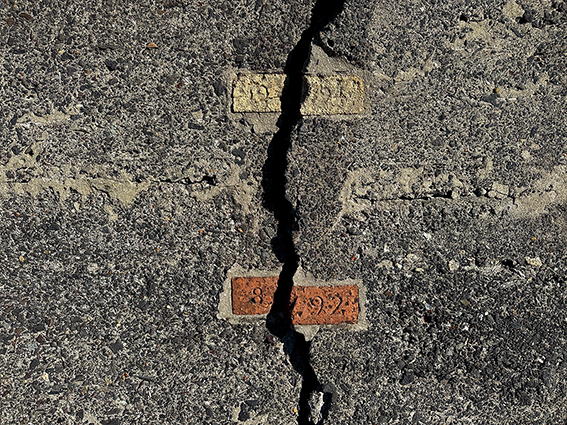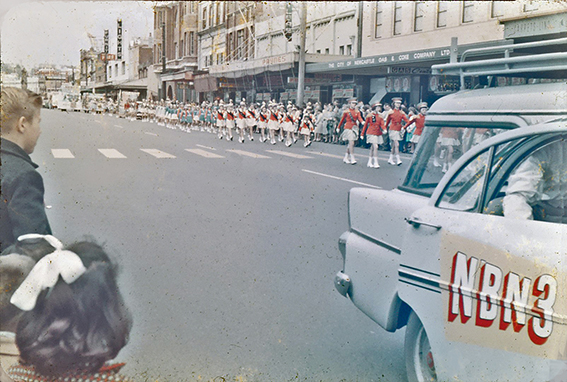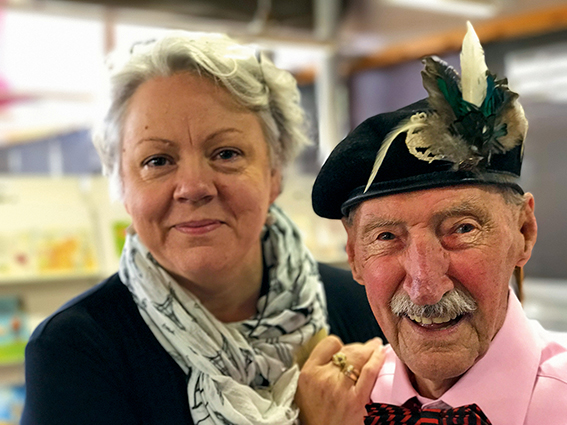
Preserving precious memories
Founder of the Lost Newcastle Facebook group, Carol Duncan, on how a question about a brick in Fort Scratchley’s retaining walls started a vibrant online community.
I’ve always had a keen interest in my family history, sparked in particular by the early deaths of my paternal grandparents. My father never had the opportunity to learn much about his family, other than having a small, engraved medallion that had been handed down to him.
The medallion was hand engraved with the date that my first Duncan ancestor left Glasgow to come to Australia in 1883. That’s about all we knew so I’d always felt that there was a huge gap in knowing ‘my people’. So I became THAT member of the family who bores all the others to death with my family research and the stories, tall tales, tragedies and triumphs of the people who came before us.
By 2012, I had been hosting a regular and popular local history segment, Local Treasures, on my ABC radio program for quite a few years and felt that a Facebook group would be a great way to continue the conversations and explorations of Newcastle and the Hunter’s history.
It was the beginning of Lost Newcastle and in August of that year, my inaugural post was a photo of some of the bricks in the Fort Drive wall around Fort Scratchley, each with a year etched into them – asking what they were for. While I still don’t have an official answer, I assume that the numbers signify the year each brick was placed into the wall as part of monitoring possible movement of the earthworks around the Fort.
At the time, I thought that the group could be of interest to perhaps a couple of hundred people and it grew slowly over the next few months. It was over Easter in 2013 that, all of a sudden, it started to explode in popularity and it hasn’t stopped since. Lost Newcastle now sits at nearly 72,000 members, the majority of them very active in their use and enjoyment of the group.
Saving the shoeboxes
I made a very conscious decision in the early days of the group to emphasise our local families and their stories. I think of this as, ‘the box of photos that your grandmother has in a shoebox in the top of her wardrobe’. Most families have such a box of precious memories and all too often they are disposed of after our older family members die.
But these photos are the ones that show us ourselves – growing up, raising families, working and playing in our city and suburbs.
It’s great that members often share well-known images from iconic photographers such as Ralph Snowball. But thanks to the dedicated work of people like Gionni di Gravio at the University of Newcastle Archives and Living Histories, and the brilliant work of local government librarians and local studies staff, we can easily access those massive and valuable collections.




Photo courtesy of Lost Newcastle Collection
It’s the photos in the shoebox that we risk losing and that’s where Lost Newcastle can be so valuable.
I love the regular conversations around some of Newcastle’s great myths and legends, its people, places, events and even objects. These evergreen yarns include the ‘map pool’ or Young Mariners Pool next to the iconic Newcastle Ocean Baths (the map is still there … or is it?), the hidden swimming pool underneath a city centre arcade, the famous Mr Glass’s Wind Mixture and Tracy’s Horse Riding at the Junction.
Read more about Lost Newcastle in our Spring Edition of Hunter & Coastal Lifestyle Magazine or subscribe here.

